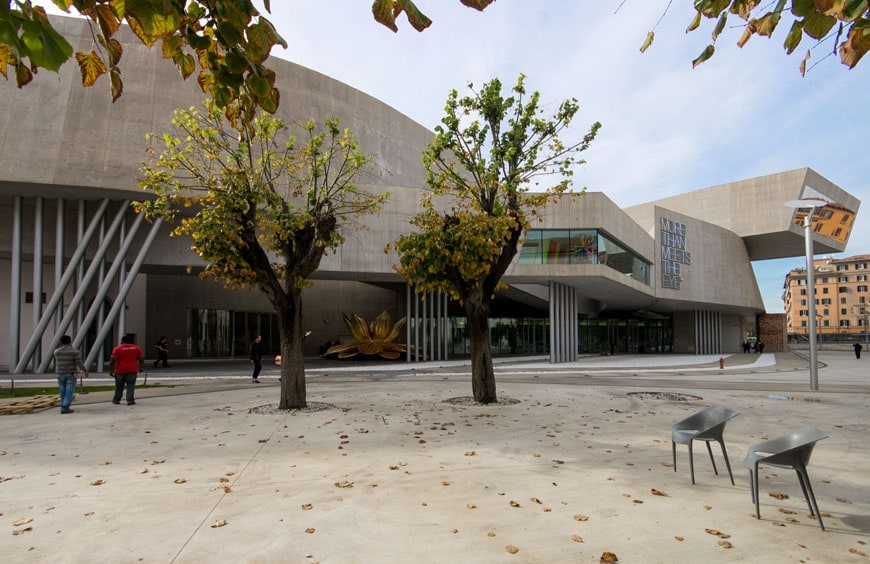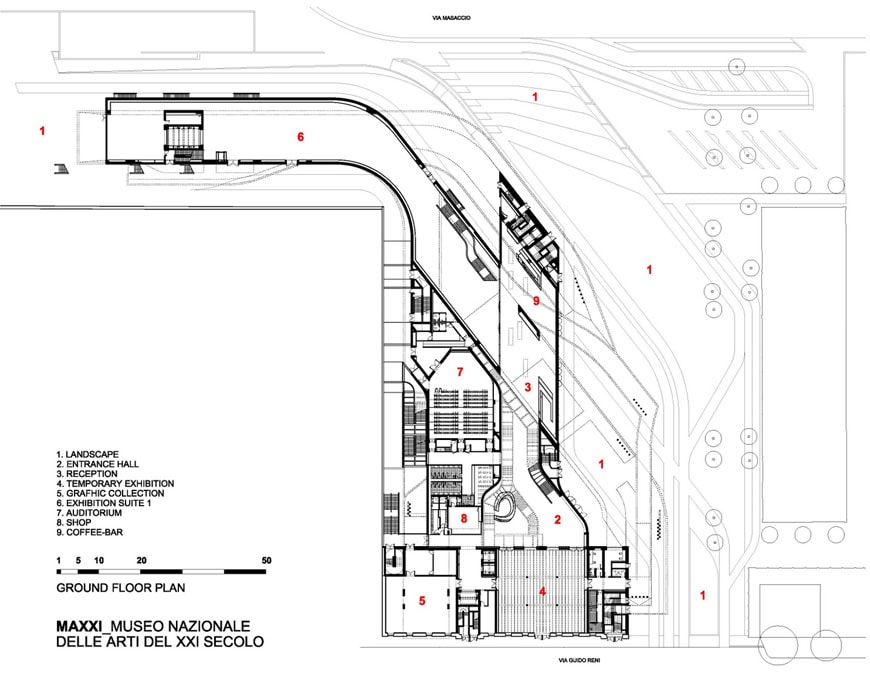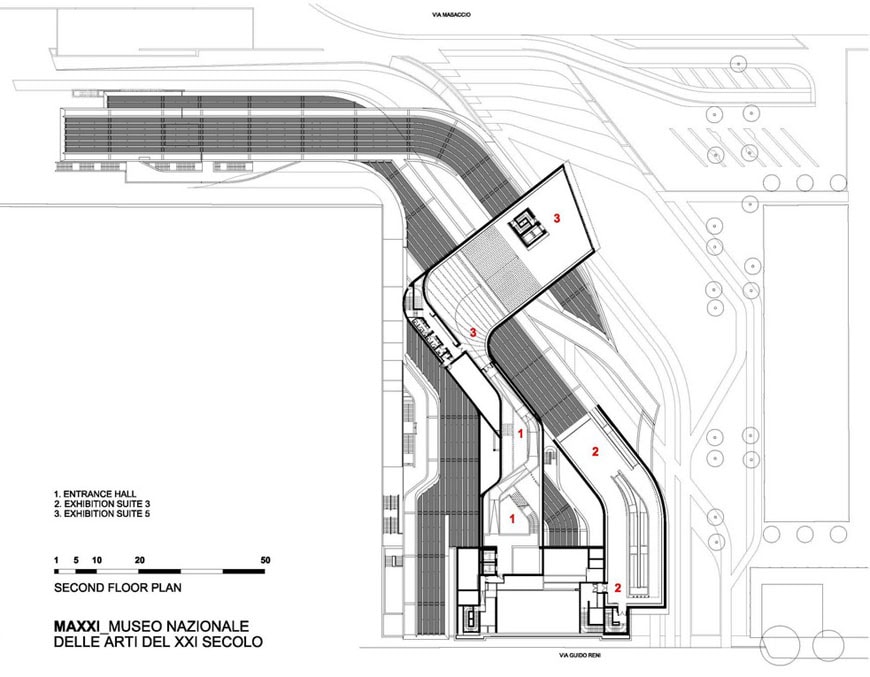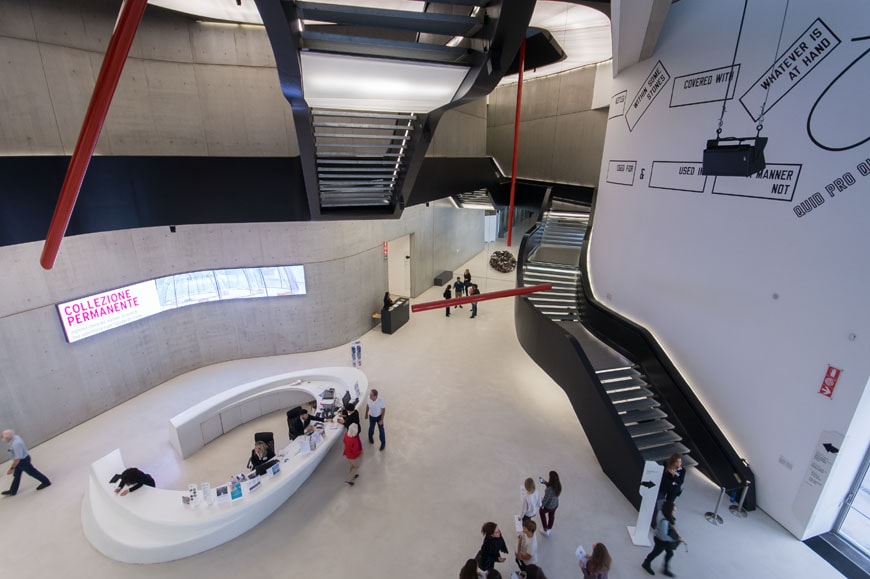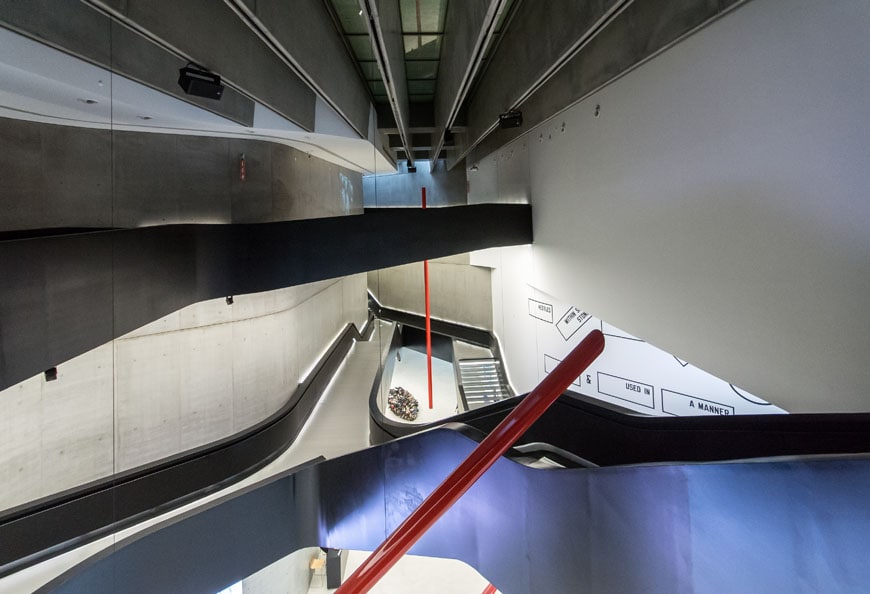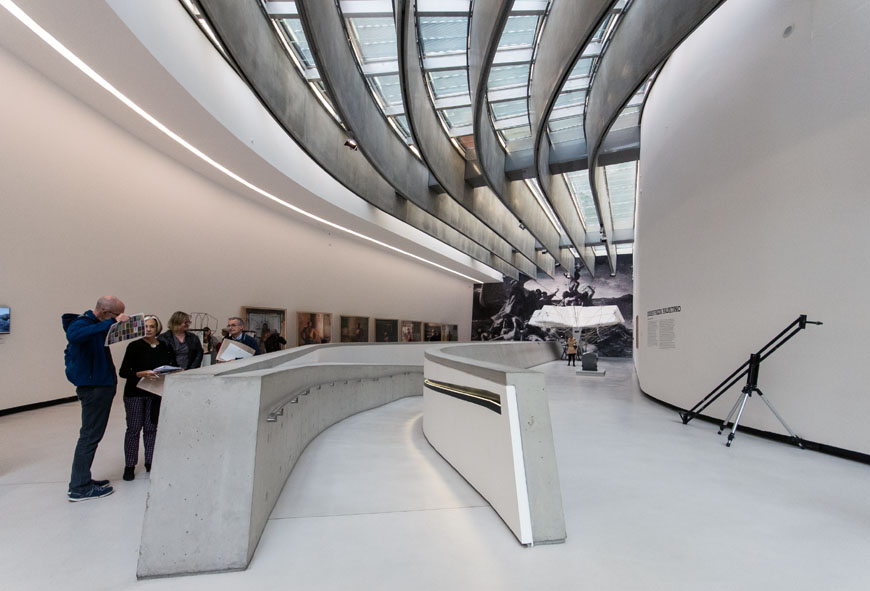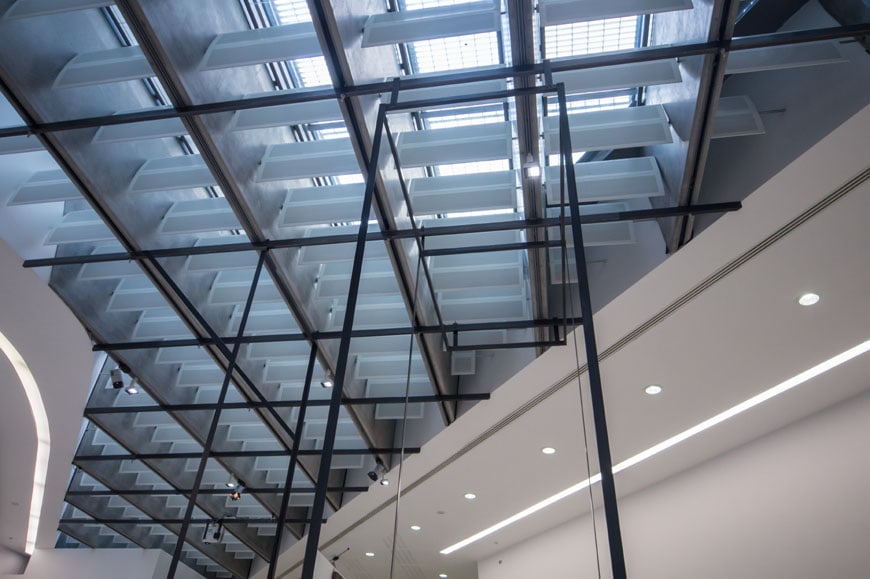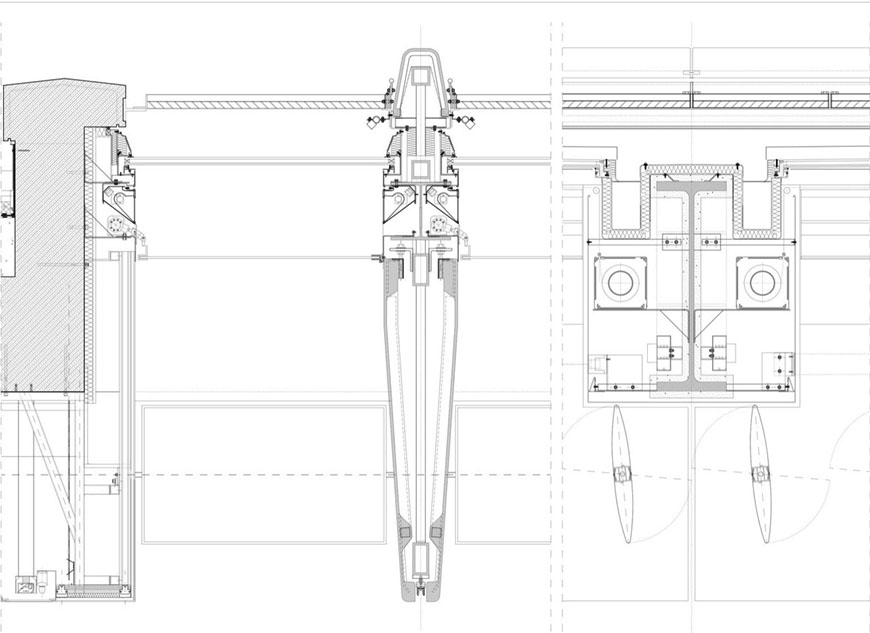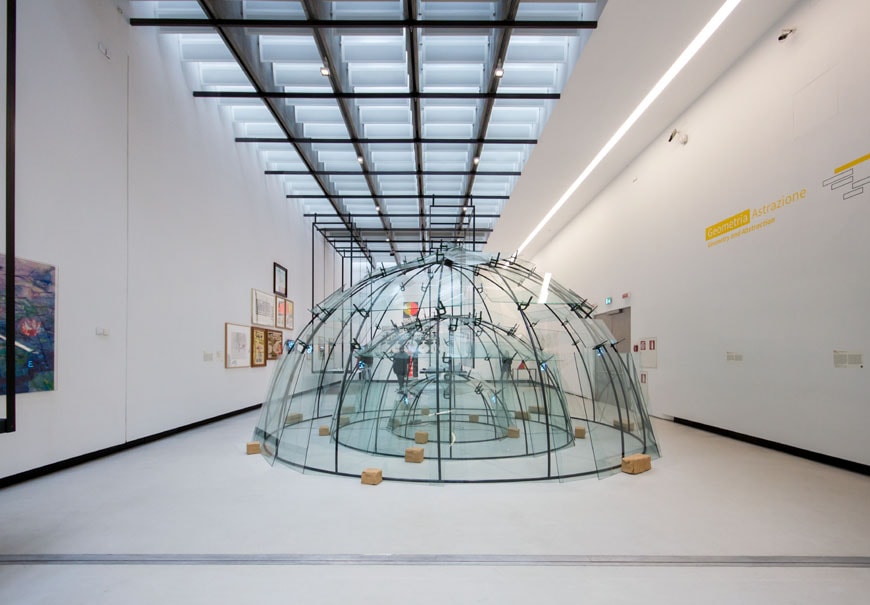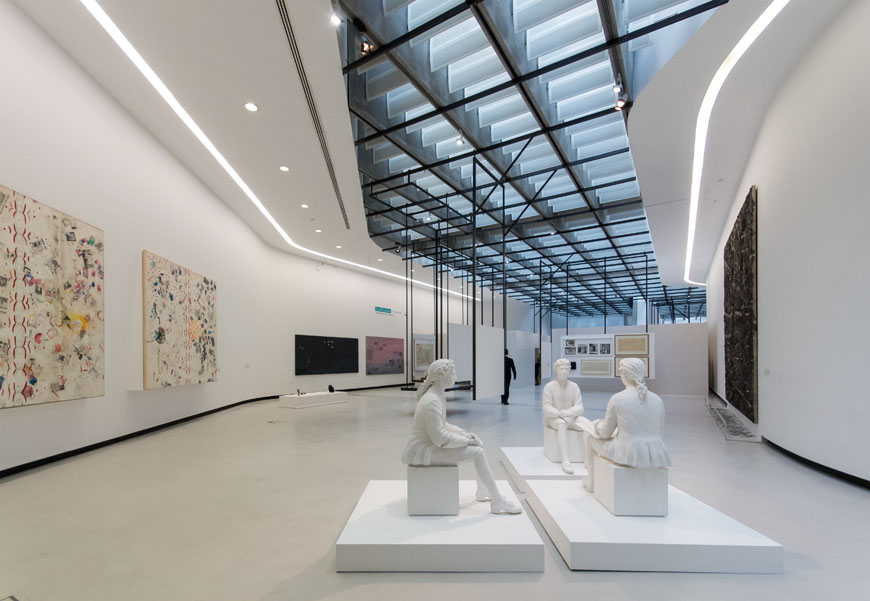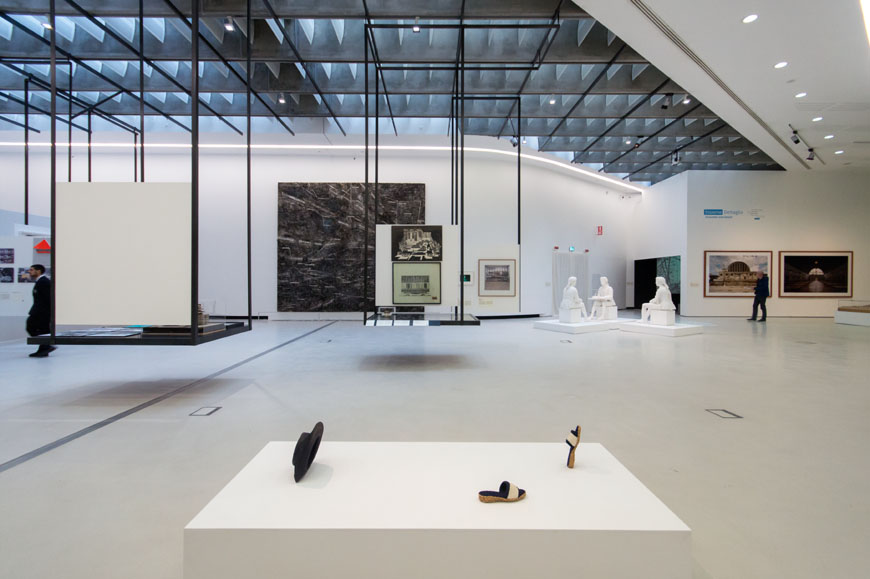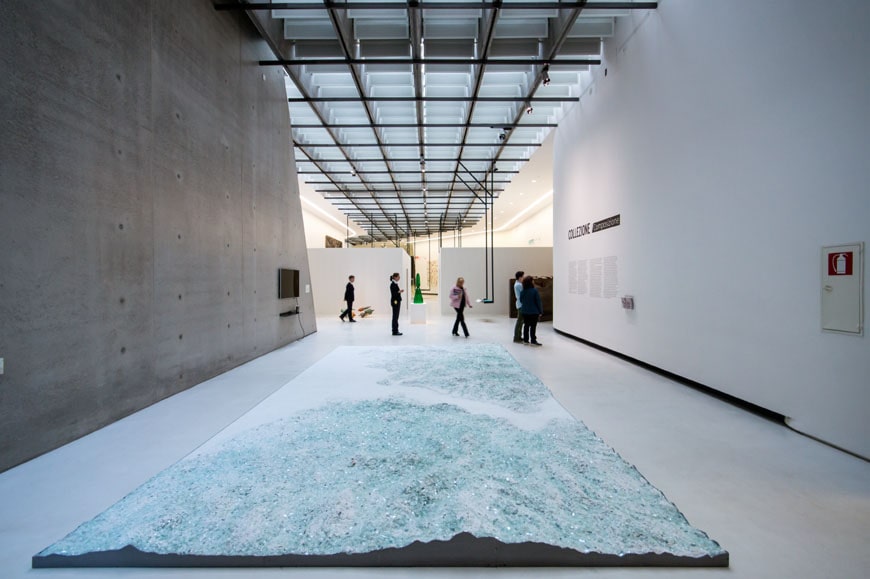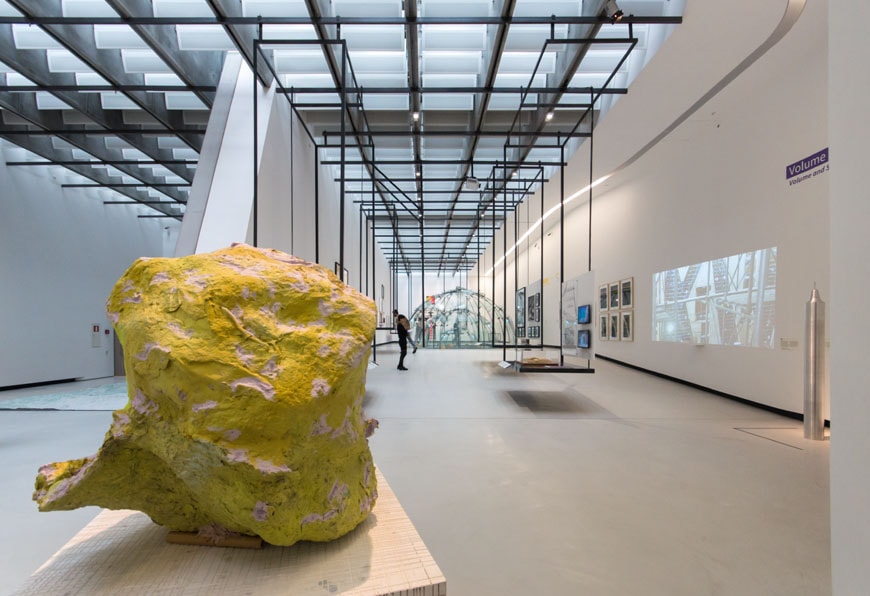Zaha Hadid – The MAXXI Museum Rome – part 2
Client: Italian Ministry of Culture
Architect: Zaha Hadid Architects
Design: Zaha Hadid with Patrik Schumacher
Project architect: Gianluca Racana
MAXXI Museum, exterior view, photo © Inexhibit, 2015
The MAXXI Museum in Rome by Zaha Hadid Architects – part 2
(Continued from Part 1)
The architecture of the MAXXI
With a total floor area of 310,000 square feet, the ensemble conceived by ZHA integrates some of the old military structures with a new, L-shaped, building.
A full-height lobby constitutes the core of the museum, from which access to exhibition galleries, auditorium, cafeteria, shop, and service spaces are provided.
A large stairwell and a series of bridges interconnect the different parts of the building. The old military structures accommodate a restaurant, a library, an architecture archives center, and various administration and staff offices.
The external areas between the buildings form a welcoming array of outdoor spaces, equipped with chairs, tables, white-concrete benches, and green areas.
Ground floor and first floor plans, MAXXI museum Rome, ZHA
The main lobby of the MAXXI, photos © Inexhibit, 2015
View of the main staircase, photo © Inexhibit, 2015
Structural concept
The structure of the new building is composed of curved sidewalls made in bare self-consolidating concrete (SCC); to achieve the desired surface appearance and have more control over it, a special concrete production facility was installed on-site. The horizontal structures are mostly made of black-painted steel beams, sometimes clad with glass fiber-reinforced concrete (GRC) panels, as in the case of roof trusses.
This was one of the first projects for which Zaha Hadid experimented with a fluid, curvilinear geometry made in concrete, an evolution from her earlier works, like the Fire Station at the Vitra Campus and the Bergiselschanze ski jump in Innsbruck, also made in concrete but with a more “angular” appearance.
Maybe it’s just a coincidence, but Hadid once told that her approach to concrete architecture was inspired by the work of preeminent Italian engineer Pier Luigi Nervi, a specialist in concrete shells who also designed the Palazzetto dello Sport, a 1956 sports hall located at a short distance from the MAXXI.
“He has always had a profound influence on my work […] Nervi’s experimental approach led to revolutionary solutions, especially as regards materials and building techniques”. (from the catalog of the “Pier Luigi Nervi” exhibition, Maxxi, 2011).
The structural concept emerges in the main temporary exhibition gallery, photo © Inexhibit, 2015.
The roof of the new building is actually a complex apparatus, constituted of upper and lower double-glazing structures, provided with a sunscreen system composed of adjustable metal louvers; the roof structure also accommodates the artificial lighting system.
Close-up of the roof structure, photo © Inexhibit, 2015
Cross-section, MAXXI museum, ZHA
Detail drawing of the sunscreen system, ZHA Architects
Collections and activities
As mentioned earlier, the MAXXI is constituted by two institutions, named MAXXI Arte and MAXXI Architettura, respectively dedicated to art and architecture of the 20th and 21st centuries, with different collections and directors.
The architecture collection comprises drawings, models, and documents related to the work of some of the most important modern Italian and international architects, such as Carlo Scarpa, Aldo Rossi, Pier Luigi Nervi, Paolo Soleri, Giancarlo De Carlo, Carlo Aymonino, Superstudio, Renzo Piano, Tadao Ando and, of course, Zaha Hadid. The collection also includes architectural photographs by authors like Gabriele Basilico, Letizia Battaglia, John Davies, Mimmo Jodice, Armin Linke, Walter Niedermayr, and Massimo Vitali, among many others.
Architecture collection: a scale model of Tod’s Building in Tokyo by Toyo Ito, photo © Inexhibit, 2015
Permanent exhibition: Mario Merz, Triple Igloo, photo © Inexhibit, 2015
The art collection is primarily dedicated to modern and contemporary movements, with paintings, drawings, sculptures, videos, and installations by Alighiero Boetti, Pedro Reis, Pier Paolo Calzolari, Maurizio Cattelan, Francesco Clemente, Tony Cragg, Gino de Dominicis, Lara Favaretto, Gilbert & George, Ilya Kabakov, Anish Kapoor, William Kentridge, Anselm Kiefer, Yayoi Kusama, Sol LeWitt, Piero Manzoni, Mario Merz, Ugo Mulas, Juan Munoz, Giulio Paolini, Giuseppe Penone, Gerhard Richter, Ed Ruscha, Thomas Schütte, Hiroshi Sugimoto, Bill Viola, and Franz West.
The MAXXI permanent exhibition, foreground: Giulio Paolini, Tre per Tre, photo © Inexhibit, 2015
The permanent exhibition, foreground: Gino de Dominicis, Statua, photo © Inexhibit, 2015
Despite this apparent separation of the two departments, the programs of the MAXXI privilege the cross-breeding and dialogue between different forms and means of culture.
Thus, selected works from both the museum collections are presented together in a permanent exhibition on the museum’s first floor, while temporary exhibitions and activities cover, along with visual art and architecture, also various other creative fields, like fashion, industrial design, cinema, theatre, music, and dance.
The permanent exhibition, foreground: a work by Margherita Moscadini, photo © Inexhibit, 2015
The permanent exhibition, foreground: Franz West, Untitled, photo © Inexhibit, 2015

The MAXXI is the most important museum of modern and contemporary arts and architecture in Rome and a futuristic building by Zaha Hadid
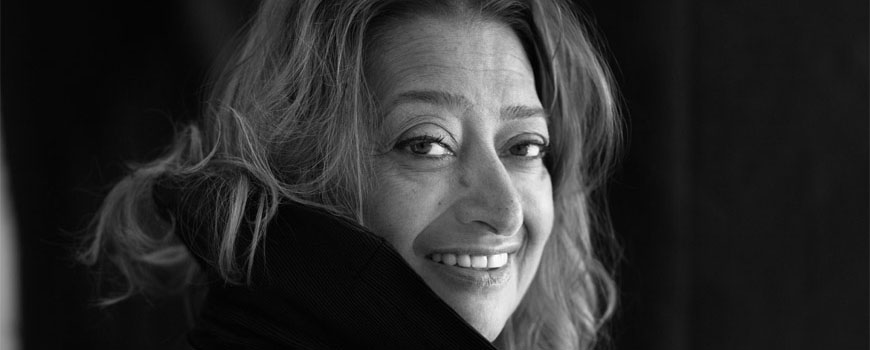
Zaha Hadid Architects
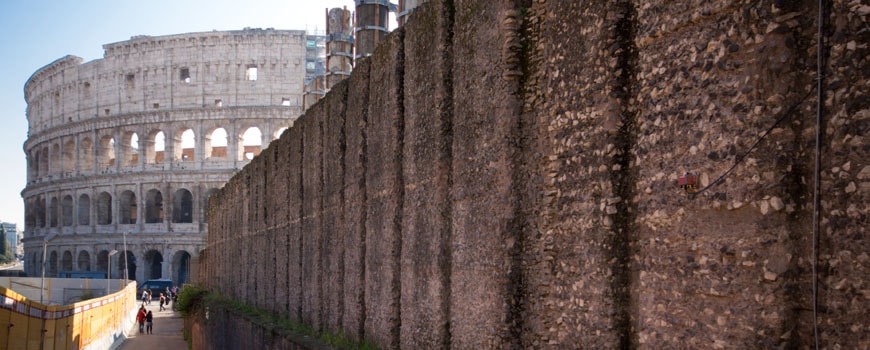
Rome
copyright Inexhibit 2024 - ISSN: 2283-5474

